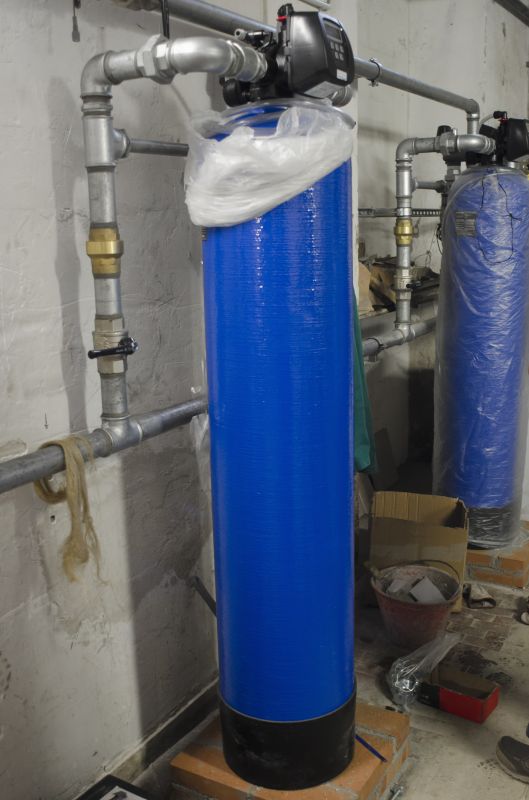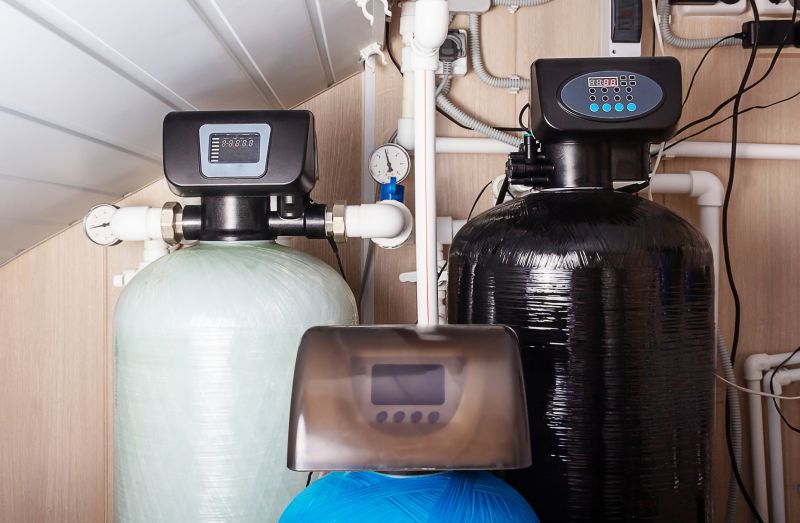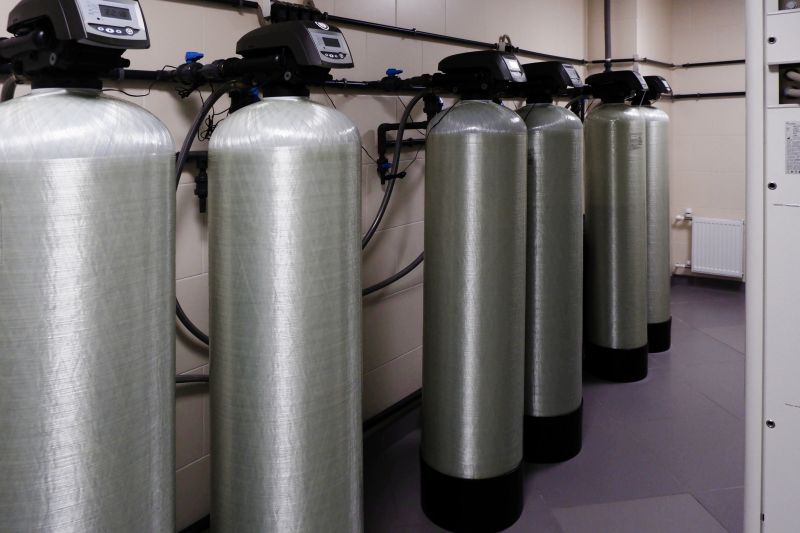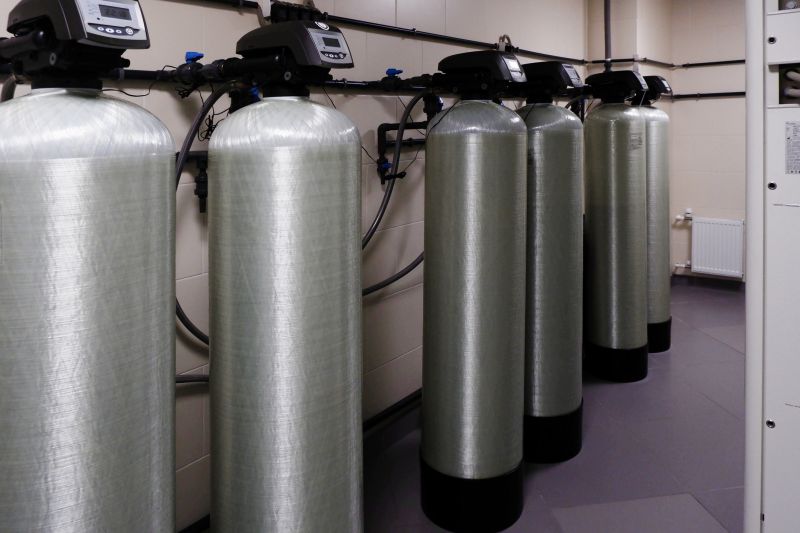Water Softener Installation to Improve Water Performance
Water softener systems are essential for improving water quality by reducing mineral content, which can cause scaling and damage to appliances. Proper installation ensures optimal performance and longevity of the system.
Various systems are available, including salt-based, salt-free, and dual-tank options, each suited to different water conditions and household needs.
Installing a water softener can extend appliance lifespan, improve soap efficiency, and reduce scale buildup in plumbing.
Professional installation involves assessing water quality, selecting the right system, and integrating it seamlessly into existing plumbing.

Installation involves connecting the system to the main water line, ensuring proper flow and functionality.

Secure and precise plumbing connections are critical for effective water softening and system efficiency.

Post-installation testing ensures the system operates correctly and adjustments are made for optimal performance.
| Aspect | Details |
|---|---|
| Typical Duration | 2 to 4 hours depending on system complexity |
| Preparation Needed | Access to water main and space for installation |
| Post-Installation Checks | System testing and water quality verification |
| Maintenance Requirements | Periodic salt refilling and system checks |
| Cost Factors | System type, property size, and existing plumbing complexity |
Installing a water softener system enhances water quality and protects plumbing infrastructure. Proper setup ensures the system functions efficiently and provides long-term benefits.

Proper installation ensures the system effectively reduces mineral content in water, improving household water quality.

Professional setup involves precise connections and testing to guarantee optimal operation.
For a tailored quote on water softener installation services, contact through the provided form. Expert assistance can help select the right system and ensure proper setup.

